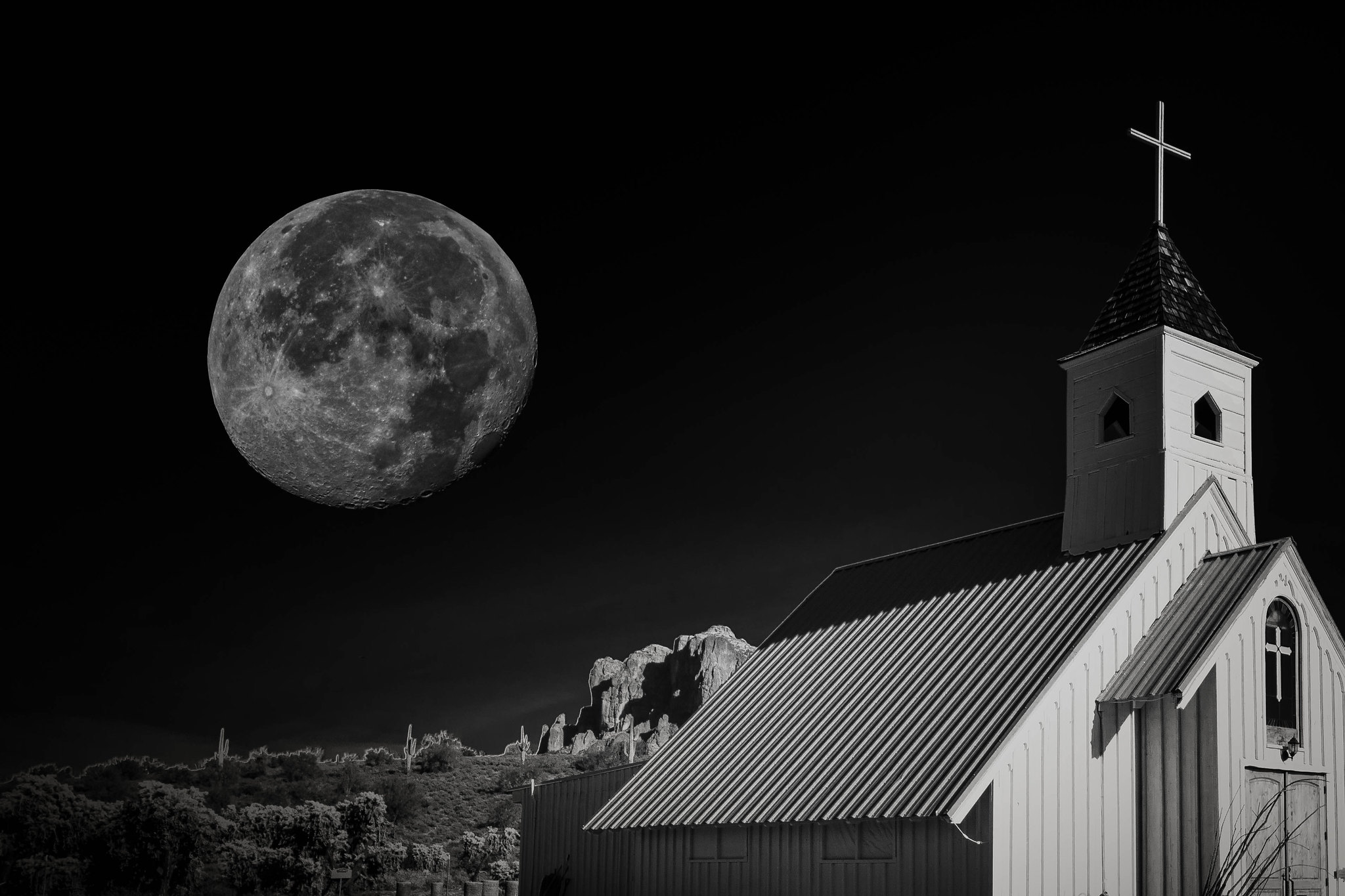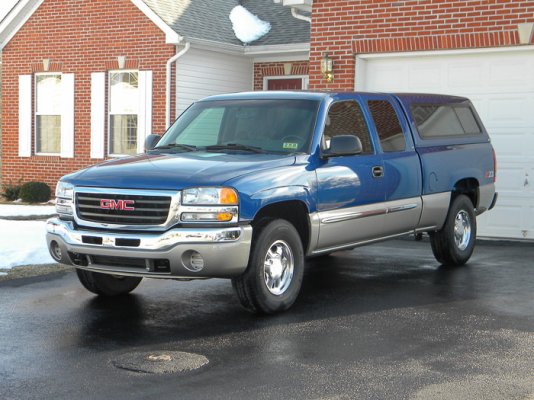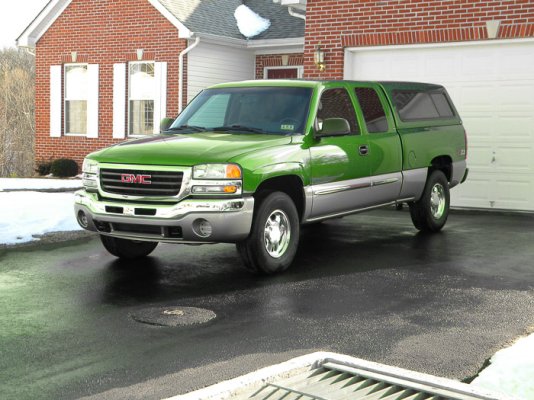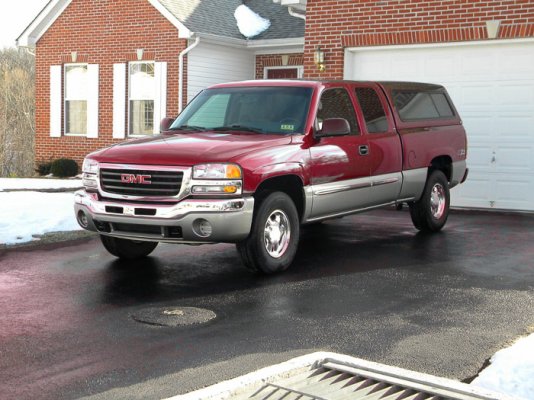frayne
Thinks s/he gets paid by the post
I've been thinking about upgrading to Lightroom CC or LR6. I currently shoot in jpeg and edit using iPhoto or Picasa. I've been watching some Lightroom tutorials on U-tube and can see it opens up many more variables that can be adjusted. Just wonder if it is worth the cost, I am a semi serious hobbyist and shoot mainly grandkids and landscape.
Any thoughts, cost isn't really an issue just wondering if by shooting in jpeg I can get all the benefits of LR and if I will really use more of LR's capabilities as compared to iPhoto or Picasa.
Appreciate any and all comments and suggestions.
Any thoughts, cost isn't really an issue just wondering if by shooting in jpeg I can get all the benefits of LR and if I will really use more of LR's capabilities as compared to iPhoto or Picasa.
Appreciate any and all comments and suggestions.




